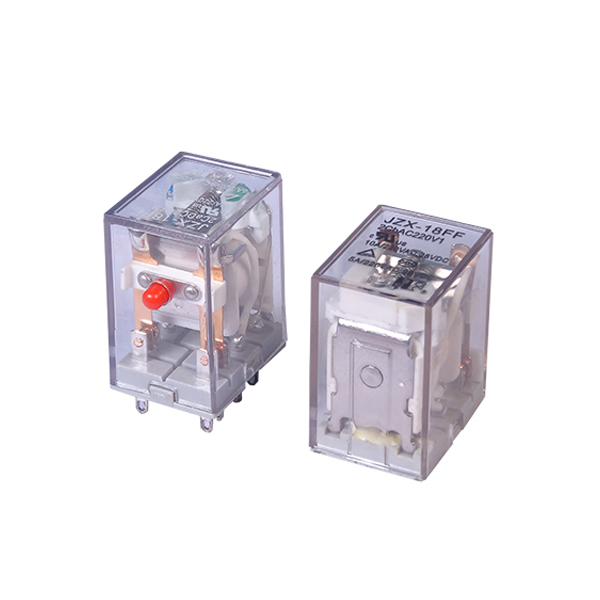Understanding Power Dissipation in General Purpose Relays for Heavy Power Switching
2024-04-09
Introduction:
General Purpose Relays for Heavy Power Switching are integral components in electrical systems, facilitating the control and switching of high-power loads. An essential aspect of relay operation is power dissipation, which refers to the energy lost as heat during relay operation. Understanding how to calculate power dissipation in these relays is crucial for ensuring reliable performance and preventing overheating or damage. In this blog, we'll explore the principles behind power dissipation in General Purpose Relays for Heavy Power Switching, its calculation methods, and why it's important to consider in relay design and application.
What is Power Dissipation?
Power dissipation in General Purpose Relays for Heavy Power Switching occurs as a result of various factors, including resistance in the relay coil, contact resistance, and switching losses. When the relay coil is energized, electrical current flows through the coil, generating heat due to its resistance. Additionally, when the relay contacts make or break electrical connections, there is resistance in the contacts, leading to further heat generation. Power dissipation is expressed in watts (W) and represents the energy converted into heat during relay operation.
Importance of Considering Power Dissipation:
1. Preventing Overheating: Excessive power dissipation can lead to overheating of the relay components, compromising performance and reliability. By accurately calculating power dissipation, engineers can ensure that the relay is adequately rated for the expected load conditions and operating environment, preventing overheating and potential damage.
2. Reliability and Longevity: High levels of power dissipation can accelerate wear and degradation of relay components, reducing the relay's lifespan and reliability. By considering power dissipation during relay selection and design, engineers can choose relays with appropriate ratings and thermal management features to ensure long-term reliability and durability.
3. Safety Considerations: Overheating due to excessive power dissipation can pose safety hazards, including the risk of fire or electrical shock. By accurately calculating and managing power dissipation, engineers can mitigate safety risks and ensure compliance with regulatory standards and safety guidelines.
4. Efficiency Optimization: Minimizing power dissipation in General Purpose Relays for Heavy Power Switching contributes to overall system efficiency and energy conservation. By selecting relays with low resistance coils and contacts, optimizing switching operations, and implementing efficient thermal management strategies, engineers can reduce energy losses and improve system efficiency.
Conclusion:
In conclusion, power dissipation is a critical factor to consider in the design, selection, and operation of General Purpose Relays for Heavy Power Switching. By accurately calculating power dissipation and ensuring that relays are adequately rated for the intended load conditions, engineers can optimize performance, reliability, and safety in electrical systems. Additionally, by minimizing power dissipation through efficient design and thermal management techniques, engineers can enhance system efficiency and contribute to energy conservation efforts.



